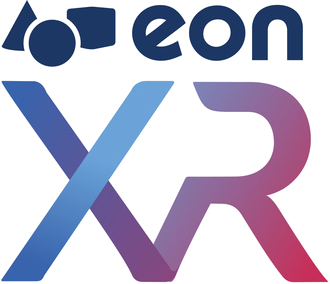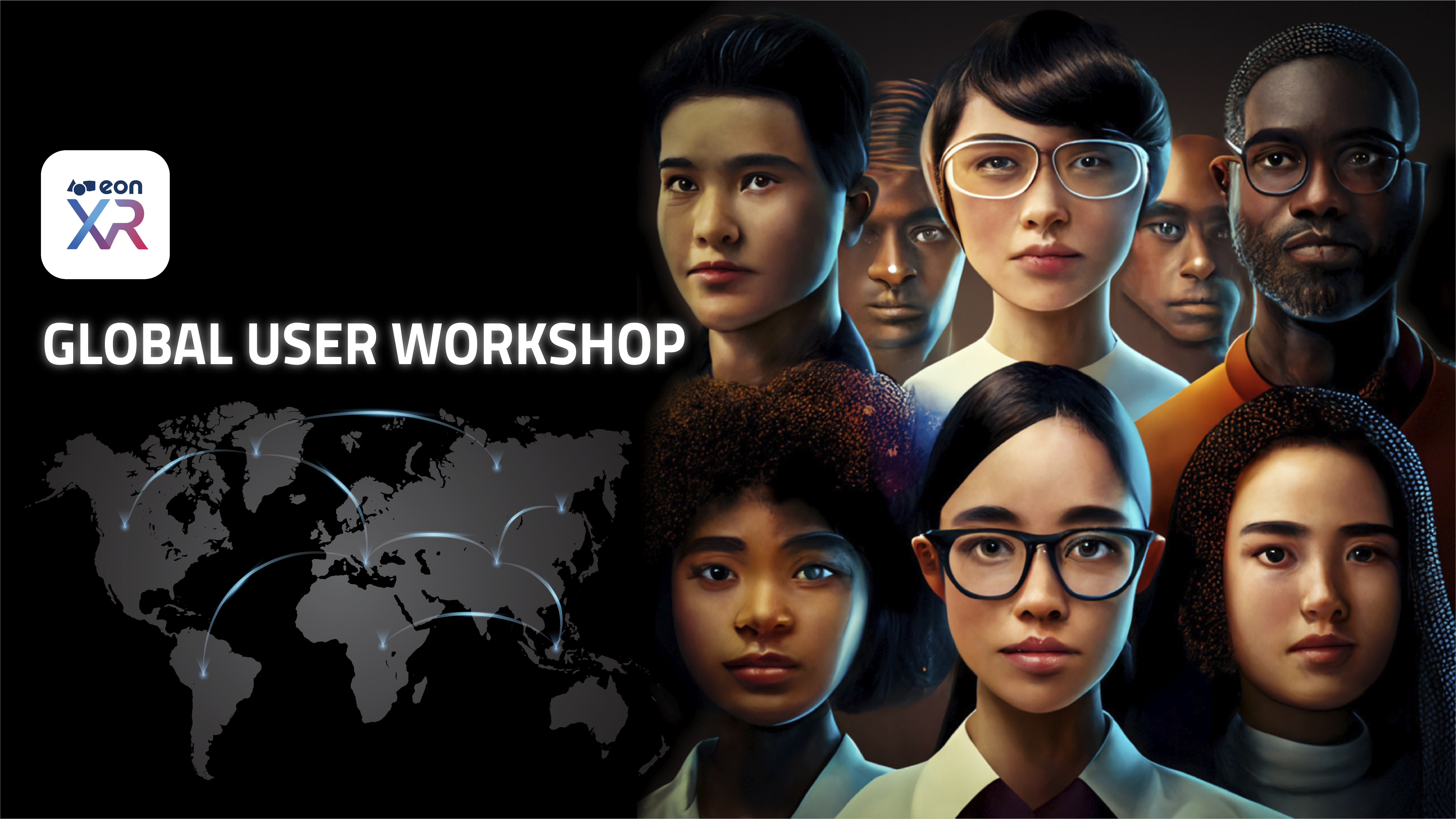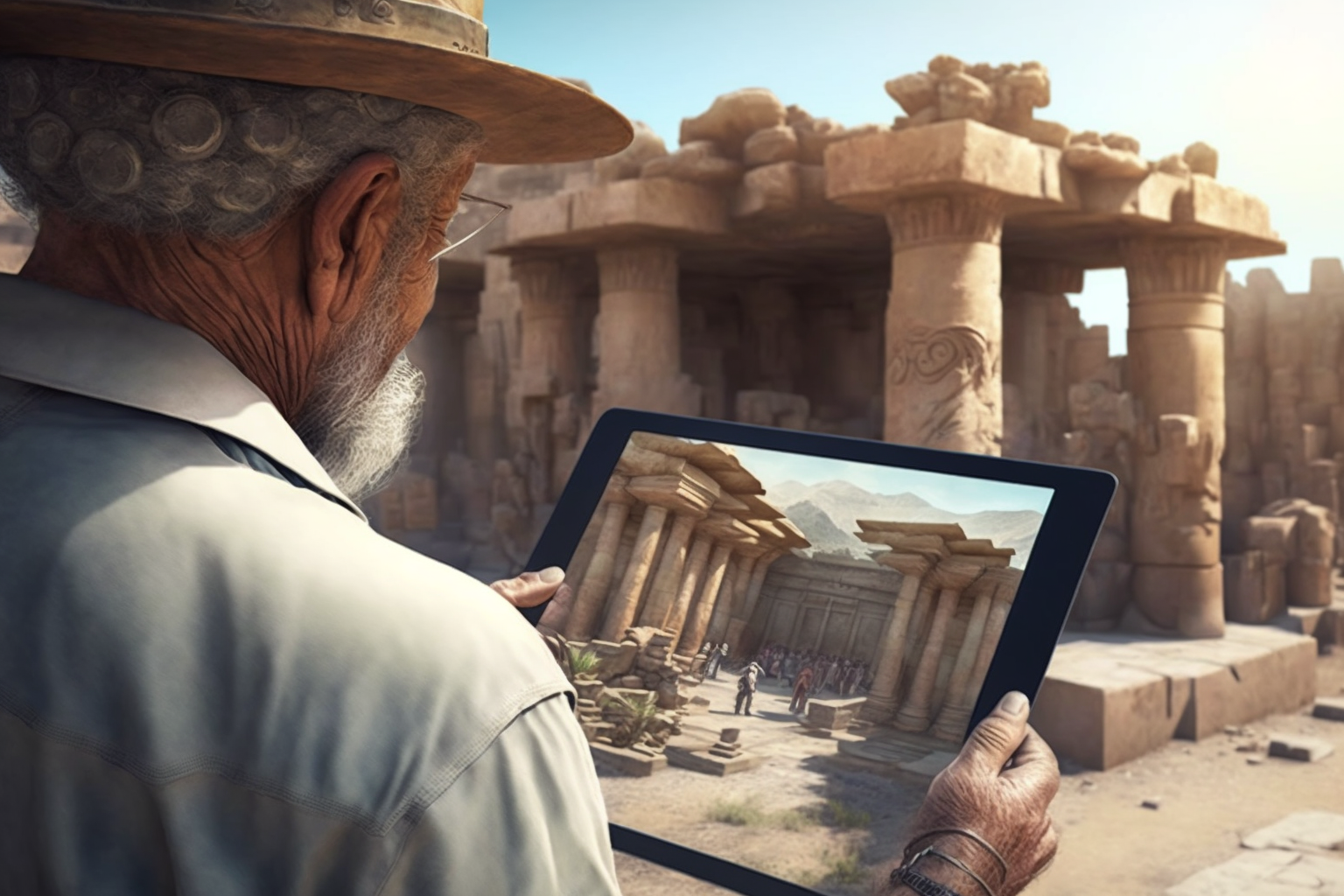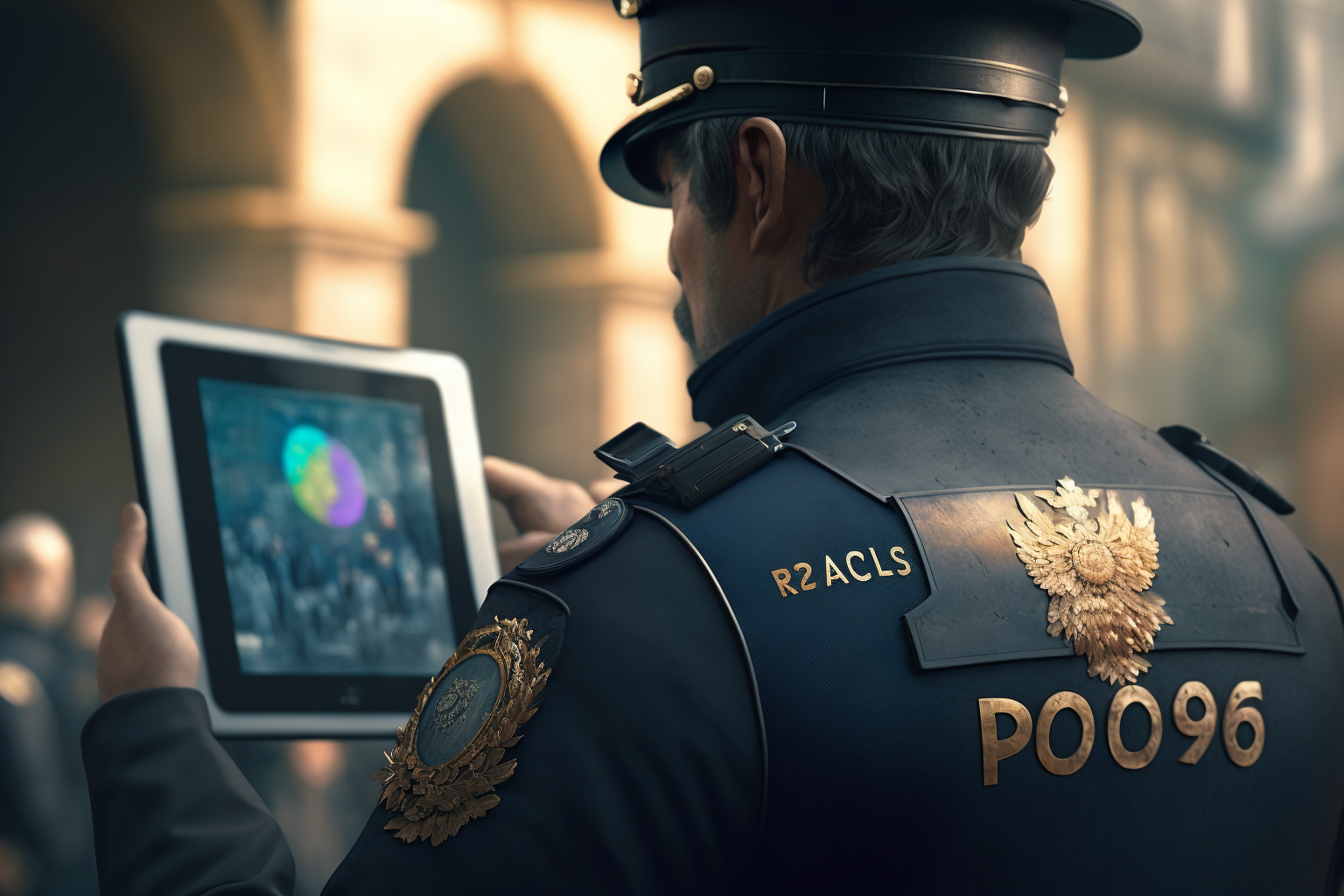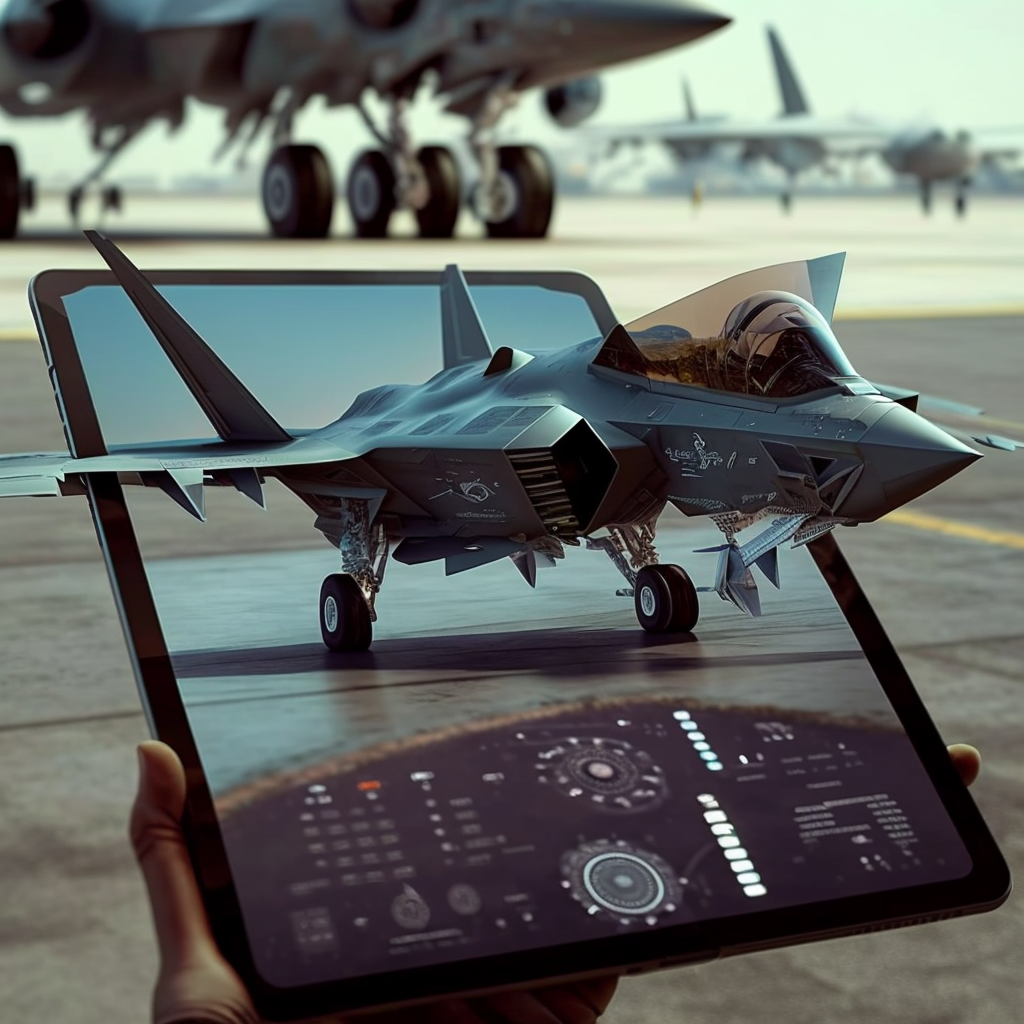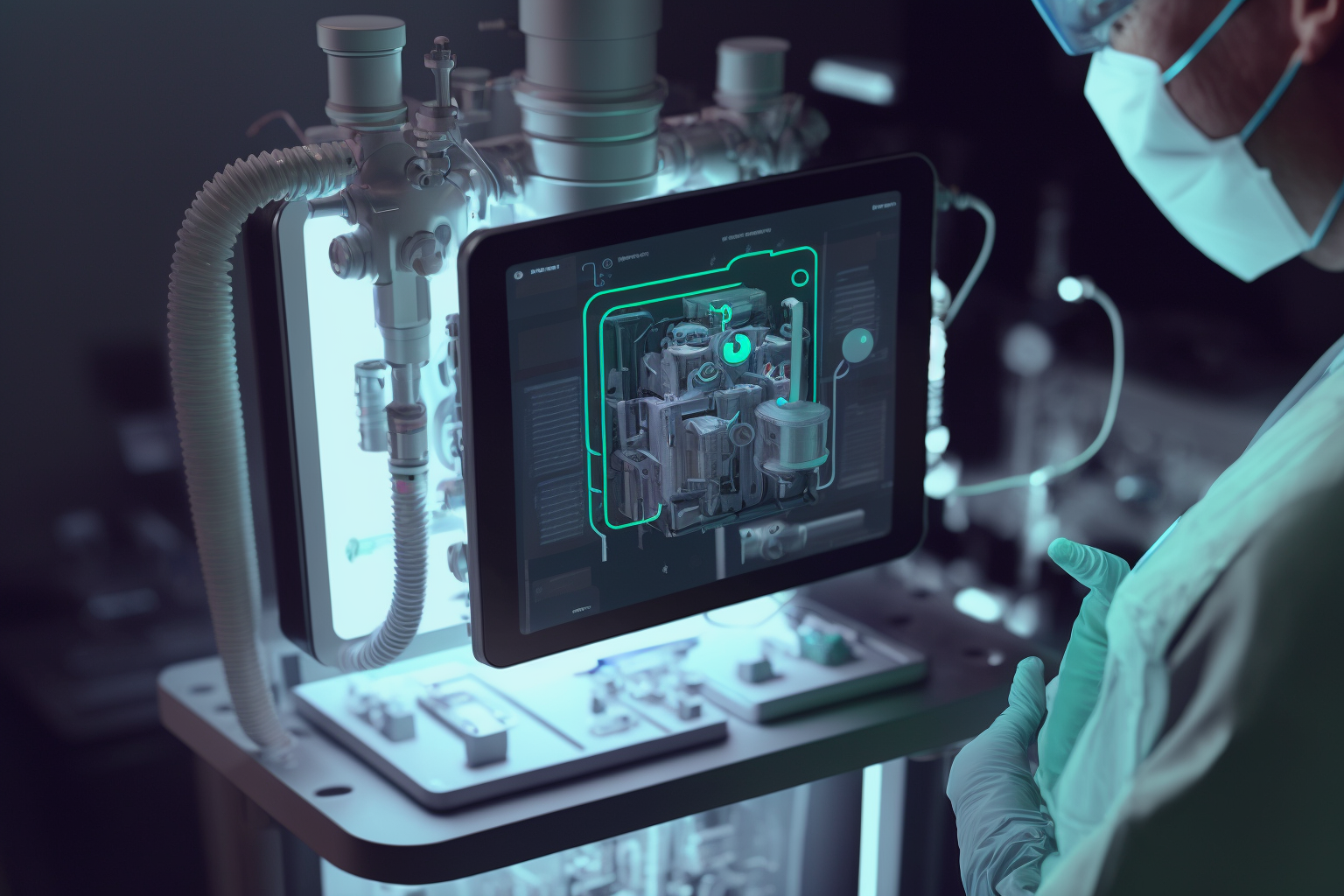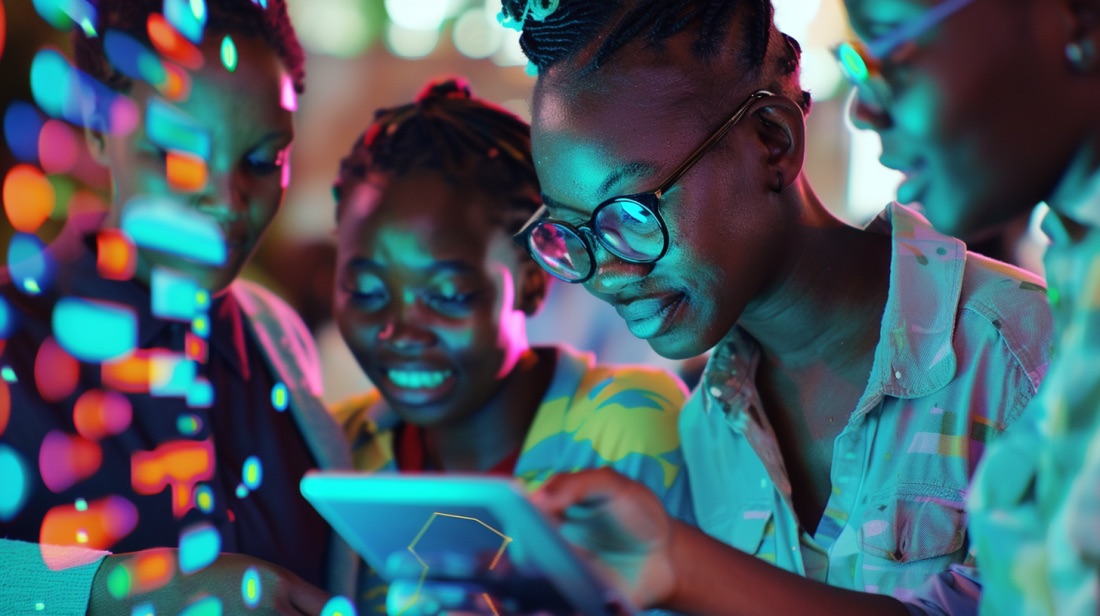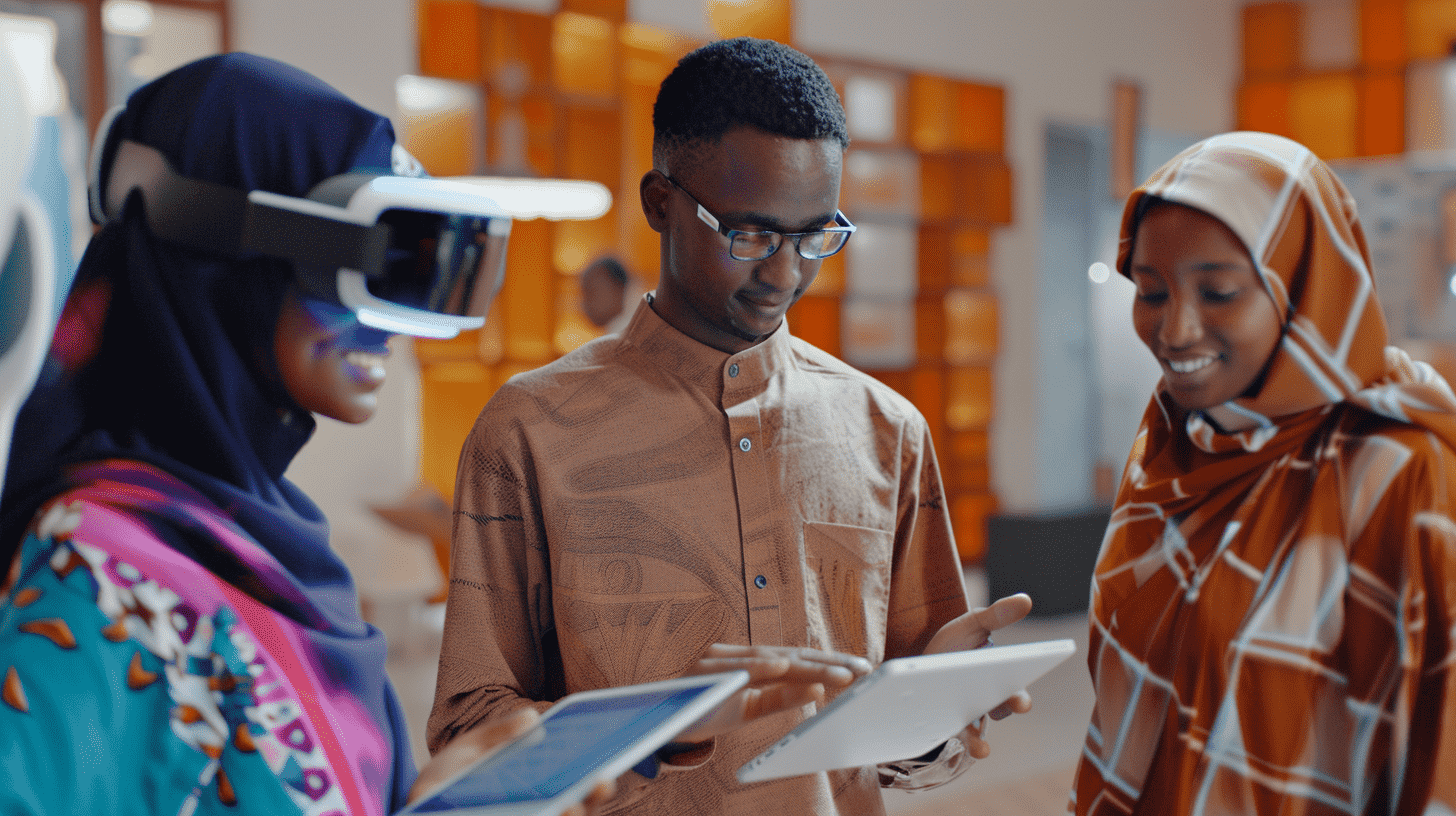Peter’s Pedagogical Corner
This week, we invited Peter Looker, Chief Learning Officer to share his vision on the role of AR and VR in authentic learning and assessment. He will be sharing his perspectives from the intersection of education and technology which will be featured on this blog as part of a regular series. We welcome your comments and thoughts!
The Role of AR and VR in Authentic Learning and Assessment – Why and How?
We hear a lot these days about the need for more “authentic assessment” of students. But what is it, why is there a call for more of it, and how can it be achieved? I want to consider in this post a few of the key issues to do with authentic assessment, authentic learning, and their relationship to augmented and virtual reality.
Why the need for assessment?
First, we know that assessment has a strong influence on what students consider to be important in a course. We often say in education circles, “Students will learn what they are going to be assessed on.” This means, for example, that if the assessment tests students on memorisation and factual knowledge, a large number of students (though not all) will focus only on memorisation and facts, even if you want them to learn concepts, critical thinking and application. If you want concepts, critical thinking and application, then those qualities need to be explicitly tested and given significant weight to signal to students that they need to put effort into them. That’s the first point about authentic assessment – its validity in terms of measuring what you really want to measure.
The second, is that authentic assessment is a way to relate learning and work, to ensure that theoretical understanding is transferred to real-world application (Villarroel, Boud, Bloxhm, Bruna & Carola, 2020).
Where are the gaps in current assessment practices?
A major problem with students finishing higher education – and this is a global problem – is that they often graduate with a lot of knowledge, and theoretical understanding, but have little idea how that knowledge is applied in the real world. One of the main reasons for this is the way students learn, especially through lectures, and the way they are assessed. (See this interview with Harvard Physics Professor Eric Mazur https://www.harvardmagazine.com/2012/03/twilight-of-the-lecture)
Authentic assessment means assessing students’ ability to activate and perform their knowledge in real-world situations, to solve real problems, rather than answering paper and pen tests. But we can take this a step further and talk not just about authentic assessment, but authentic learning, which Farley (2016) describe as placing “the learner in the environment of the doer”, where the environment “resembles some ‘real life’ disciplinary context or activity.” One of the aims of this form of learning (which resembles the traditional apprenticeship model) is that students go from being novices to experts in their actual field of application. What is needed is real-world environments that are safe to learn in and where it is safe to make mistakes.
The role of AR and VR in authentic assessment
It should be clear where this is going. Augmented and virtual reality can create safe spaces that enable not only authentic measurable assessment (performance) but authentic learning experiences. Augmented and virtual reality allow for the four key themes Rule (2006) identified for authentic learning: real-world problems; inquiry activities; sharing and collaborating; and individual empowerment through choice. Importantly, students can encounter scenarios that are risky, even dangerous, in the real world.
So, what’s the evidence? In looking at evidence, we need to be careful about what we are measuring, just as with student assessment. A lot of early studies in the effects of educational technology, including AR and VR, tended to compare one group of students who learned in the traditional way with another group who learned with the technology. Often, they found little difference. The problem, however, was that they were using the traditional assessment to measure both groups. For the sake of simplification, let’s say that students were required to remember a set of 20 facts and formulae. The comparison might show that the experimental group who had learned using the technology performed no better than the control group who did not. But as the following study points out, this may be a problem with the kind of assessment given to the students.
The Evidence
In an article published in 2019, Makransky, Borre-Gude & Mayer compared groups of students learning laboratory safety. There were three groups: the control group who learned from the traditional safety manual; one group who used desktop VR, and one group who used immersive VR. The outcome of the research indicated that all three groups performed equally well on the basic knowledge test. (Just as many earlier studies found.) No differences between the groups were detected until they were required to perform in a real laboratory, where they were faced with real problems. It was here that the immersive reality students “significantly outperformed” the others, and the desktop VR students outperformed those who used traditional media. The immersive VR students were able to solve problems in a high stake’s environment. So, where it really counts, in actual lab performance, the immersive VR students performed better.
The authors comment that to understand the advantage of immersive VR in this situation, the right kind of assessment needs to be applied, not just the traditional knowledge assessment. What this seems to mean is that the learning advantages for students are best seen with a combination of authentic learning (here, immersive VR), and authentic assessment (performance in a real laboratory).
EON-XR for assessment and learning
It’s time to get learning out of the lecture theatre, and assessment out of the examination hall to improve the learning outcomes for students, now we have the opportunity to create both authentic learning experiences and authentic assessment. Designed to create both authentic learning and assessment experiences for students, EON-XR is an easy way to get started with introducing the benefits of AR and VR into your classroom.
References
Farley, Helen S. (2016). The Reality of Authentic Learning in Virtual Worlds. Learning in Virtual Worlds: Research and Applications. Edited by Gregory, Sue, Lee, Mark J. W., Dalgarno, Barney and Tynan, Belinda. Athabasca, Canada: Athabasca University Press.129-149.
Guido Makransky, Stefan Borre-Gude, Richard E. Mayer (2019) “Motivational and cognitive benefits of training in immersive virtual reality based on multiple assessments.” Journal of Computer Assisted Engineering, July, 2019
Veronica Villarroel, David Boud, Susan Bloxham, Daniela Bruna & carola Bruna (2020) “Using principles of authentic assessment to redesign written examinations and tests” Innovations in Education and Teching InternationaI, 57:1 38-49



